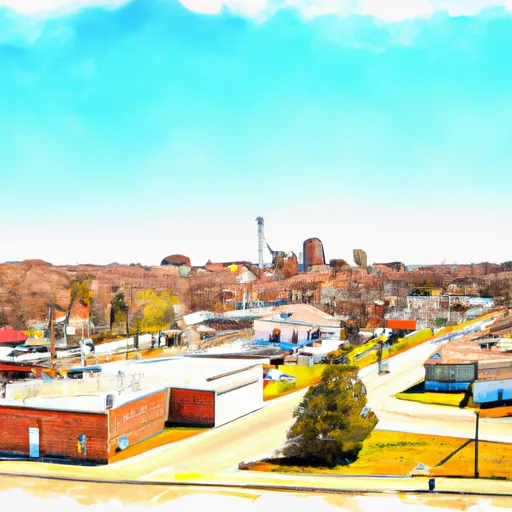°F
°F
mph
Windspeed
%
Humidity











Jamesport is a small town located in the northern part of Missouri, known for its serene beauty and outdoor recreational opportunities. The climate in Jamesport is classified as humid continental, with hot summers and cold winters. Summers are generally warm, with average temperatures ranging from 75 to 85 degrees Fahrenheit. Winters are cold, with average temperatures ranging from 20 to 40 degrees Fahrenheit.
Hydrologically, Jamesport is situated on the Grand River, which provides a scenic backdrop and opportunities for water-based activities. The river also contributes to the local hydrology, ensuring a lush and vibrant environment. Additionally, several creeks and streams flow through the area, adding to the natural beauty and providing a habitat for diverse wildlife.
Outdoor recreation opportunities in Jamesport are abundant. The town is surrounded by picturesque countryside, offering opportunities for hiking, biking, and camping. Fishing enthusiasts can enjoy casting their lines in the Grand River or the nearby ponds and lakes, which are stocked with various fish species. Hunting is also popular, with ample opportunities for deer, turkey, and small game hunting. Overall, Jamesport provides a peaceful and scenic environment for those seeking outdoor adventures.
Weather Forecast
Jamesport receives approximately 966mm of rain per year, with humidity levels near 82% and air temperatures averaging around 11°C. Jamesport has a plant hardyness factor of 5, meaning plants and agriculture in this region thrive during a short period during spring and early summer. Most plants will die off during the colder winter months.
Regional Streamflow Levels
361
Cubic Feet Per Second
7
Cubic Feet Per Second
34
Cubic Feet Per Second
15
Cubic Feet Per Second
Nearby Camping
| Camping Area | Reservations | Toilets | Showers |
|---|---|---|---|
| Mutton Creek Park - Stockton Lake | |||
| Stockton State Park | |||
| Talley Bend - Harry S. Truman Lake | |||
| Orleans Trail South Park - Stockton Lake | |||
| Osceola RV Park | |||
| Ruark Bluff - Stockton Lake |



